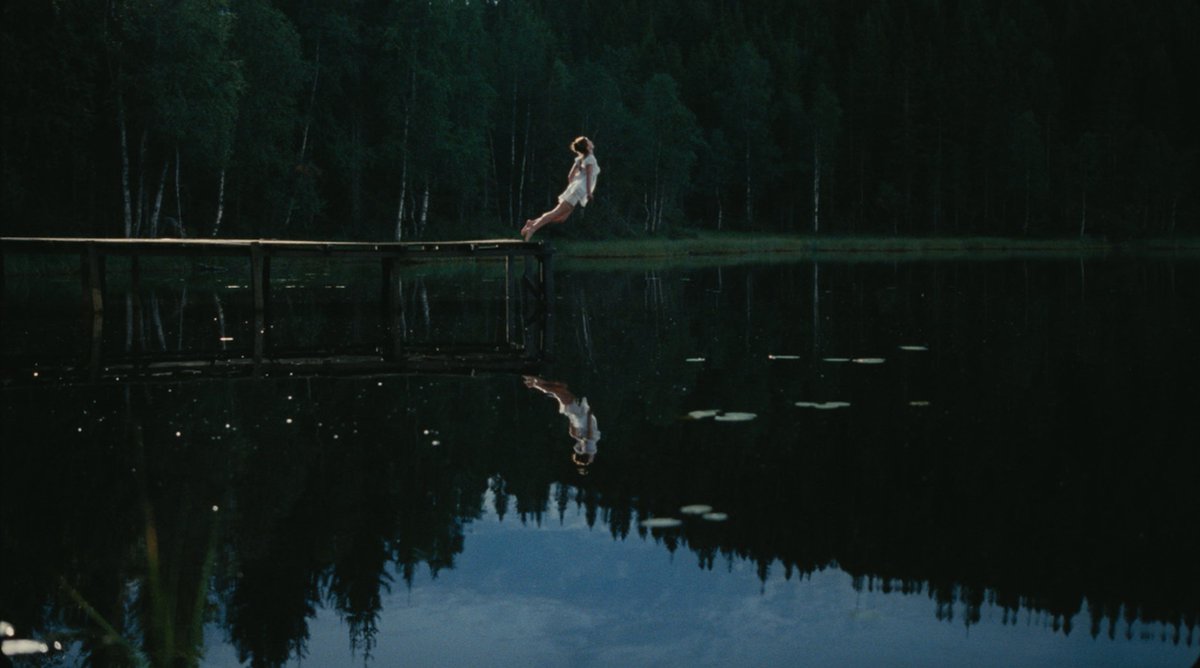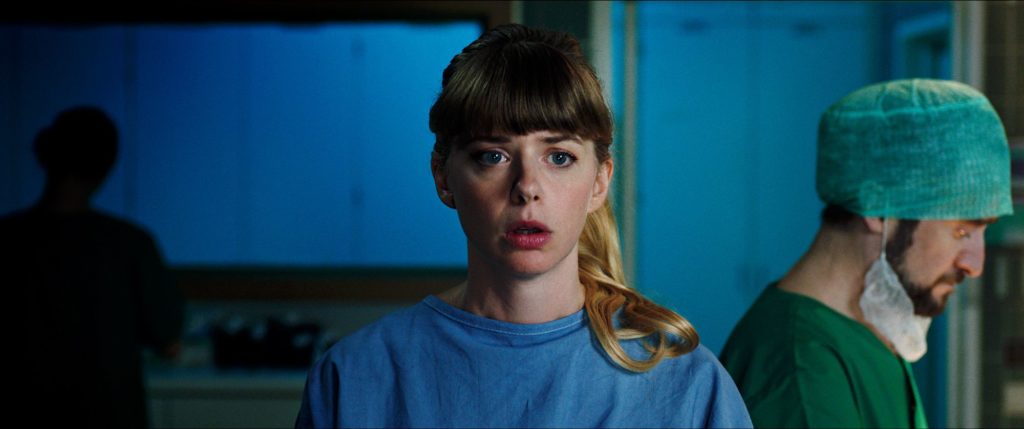In Search of Darkness
by Hope Madden
The first thing you know about Shudder’s new original doc In Search of Darkness is that it’s an encyclopedic look at horror movies from the Eighties.
The second thing you need to know is that it’s 4 hours and 20 minutes long.
Right?!!
Why filmmaker David A. Weiner decided this had to be a standalone doc rather than a short series is beyond me. Certainly you can (and no doubt will) pause the film and come back to it, which is simple enough to do with Shudder. Still, having devoted about 1/3 of my waking day to a single documentary, I feel as if I should have learned more about Eighties horror than I did.
The bright spots: Tom Atkins is as delightful as you hope he is, as, of course, is Barbara Crampton. John Carpenter and Larry Cohen are as curmudgeonly; Keith David’s saucy baritone makes every anecdote extra fun; Alex Winter makes some interesting connections between films and society at large; and some of the industry insider talking heads seem knowledgeable.
There’s no real rhyme or reason to the specific titles discussed, but more problematic is the superficial treatment of the genre. In four and a half hours, I should have learned something, should have heard of a movie I’d never known about. In Search of Darkness refuses to connect any dots.
Some of the asides about VHS cover art, for instance, are briefly interesting, but other such tangents only emphasize the film’s overall weaknesses. The discussion of the final girl or of gratuitous nudity in 80s horror lacks any kind of insight, but when the piece on horror soundtracks did not mention Goblin, it dawned on me that in early 4 ½ hours, not a single foreign title is discussed.
No Argento, no Fulci, no Deodado – niente.
A ninety minute doc that contents itself with a nostalgic traipse down VHS store aisles would be fun. A doc series that contextualizes the phenomenal explosion in the popularity of horror in the Eighties, digging into sexism, feminism, foreign titles, changing music, the Reagan influence, the impact of VHS and MTV – that would be amazing. In Search of Darkness is neither.












